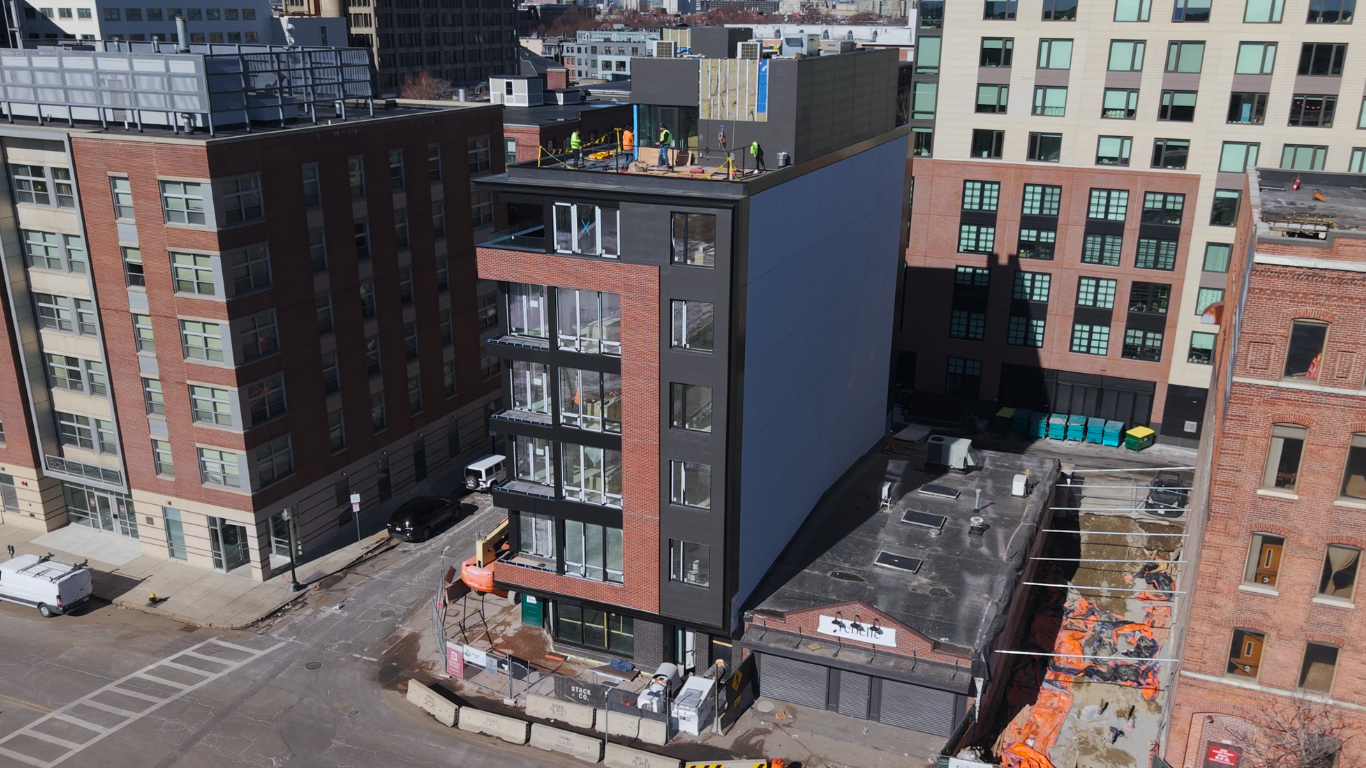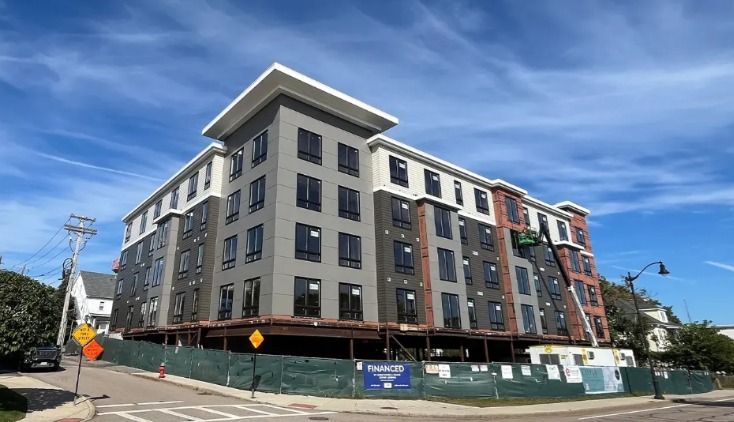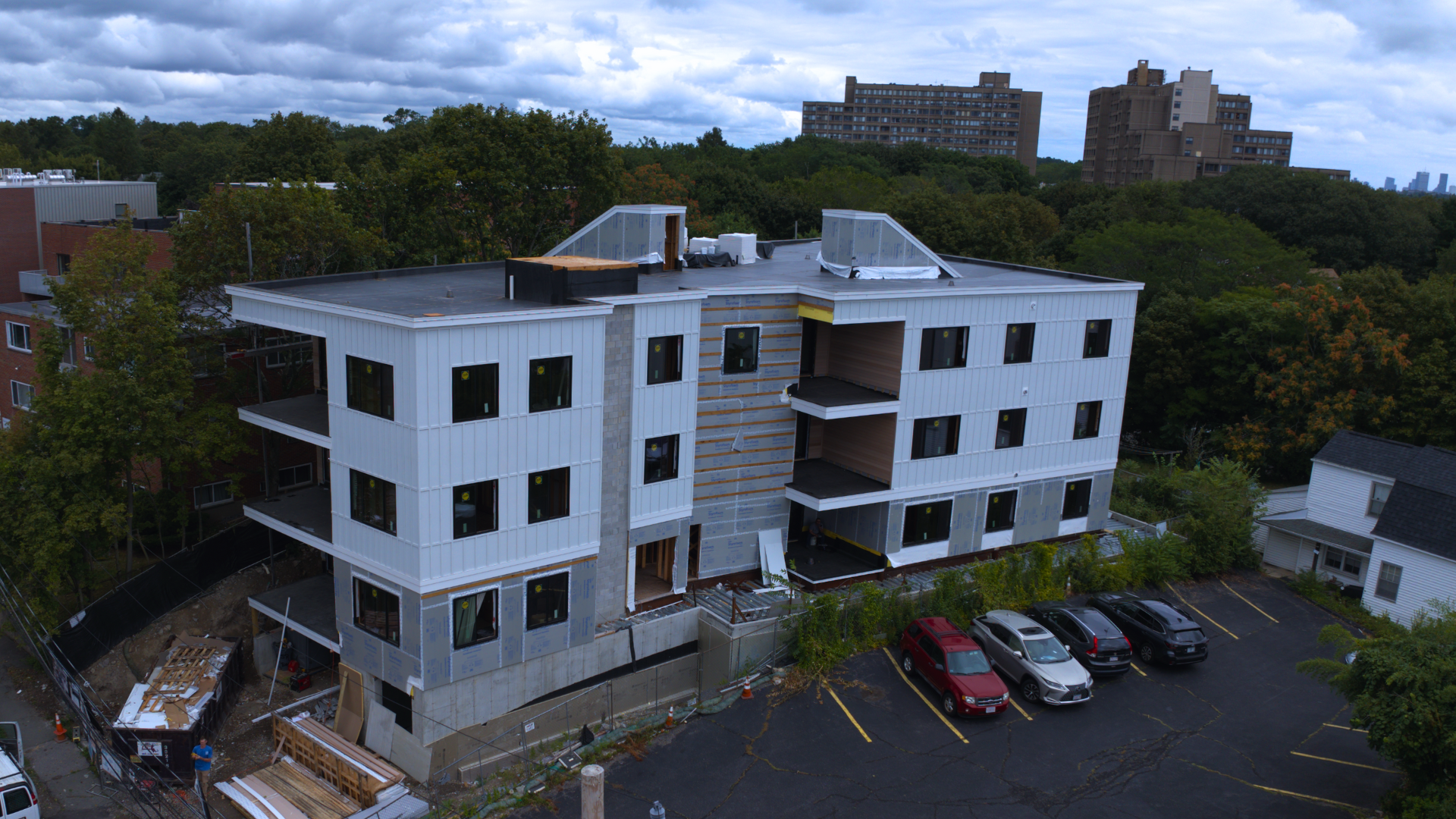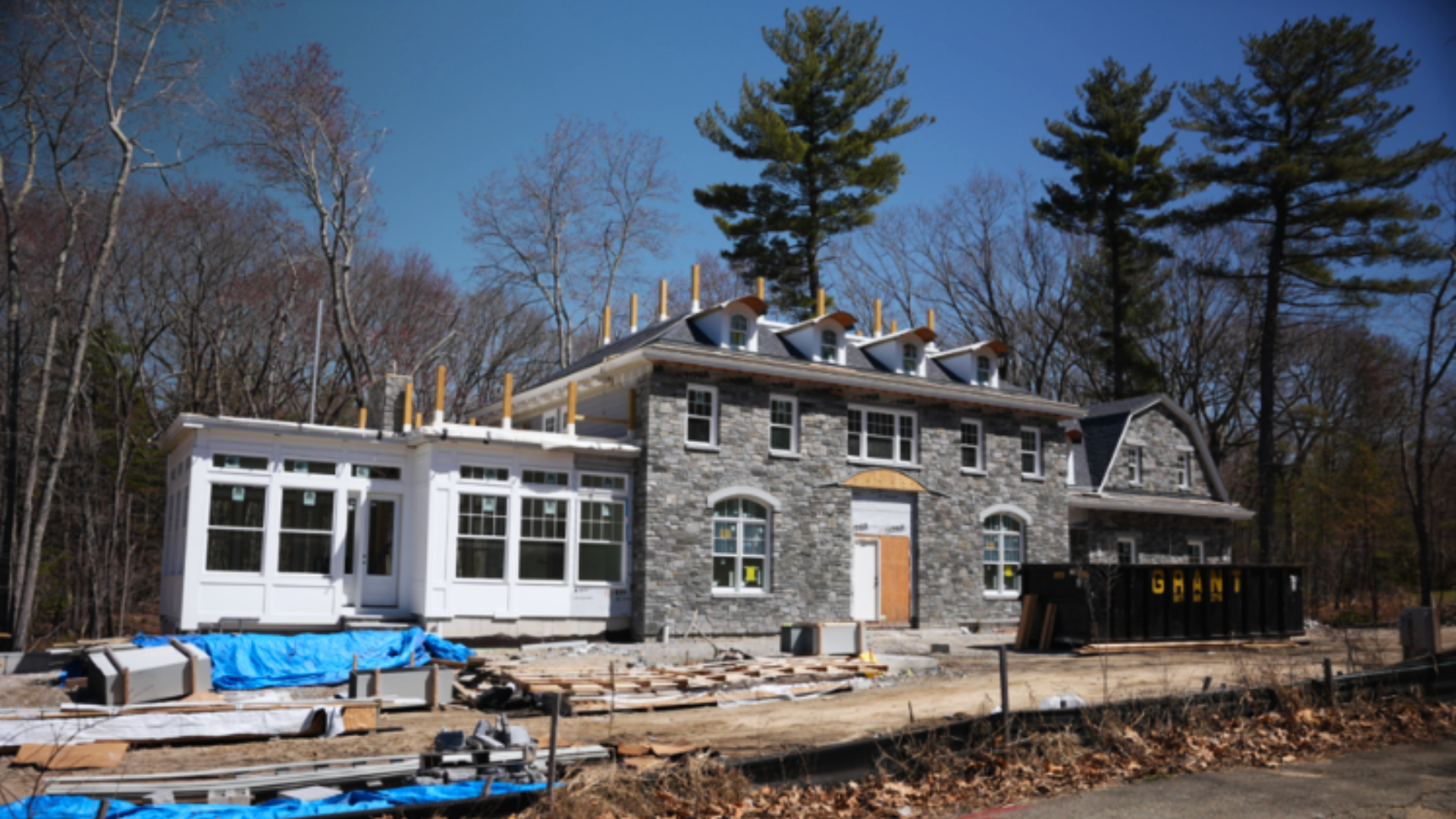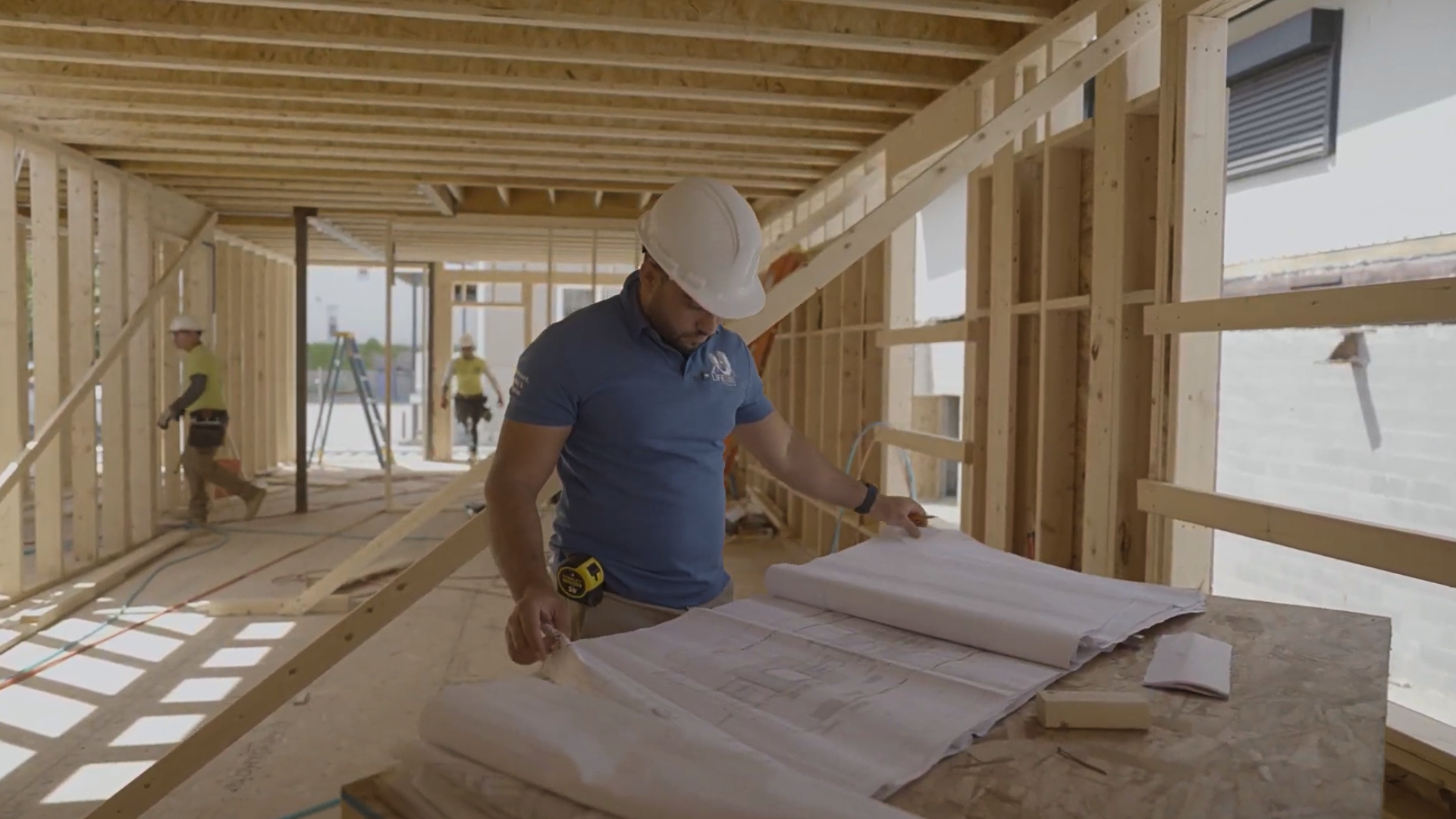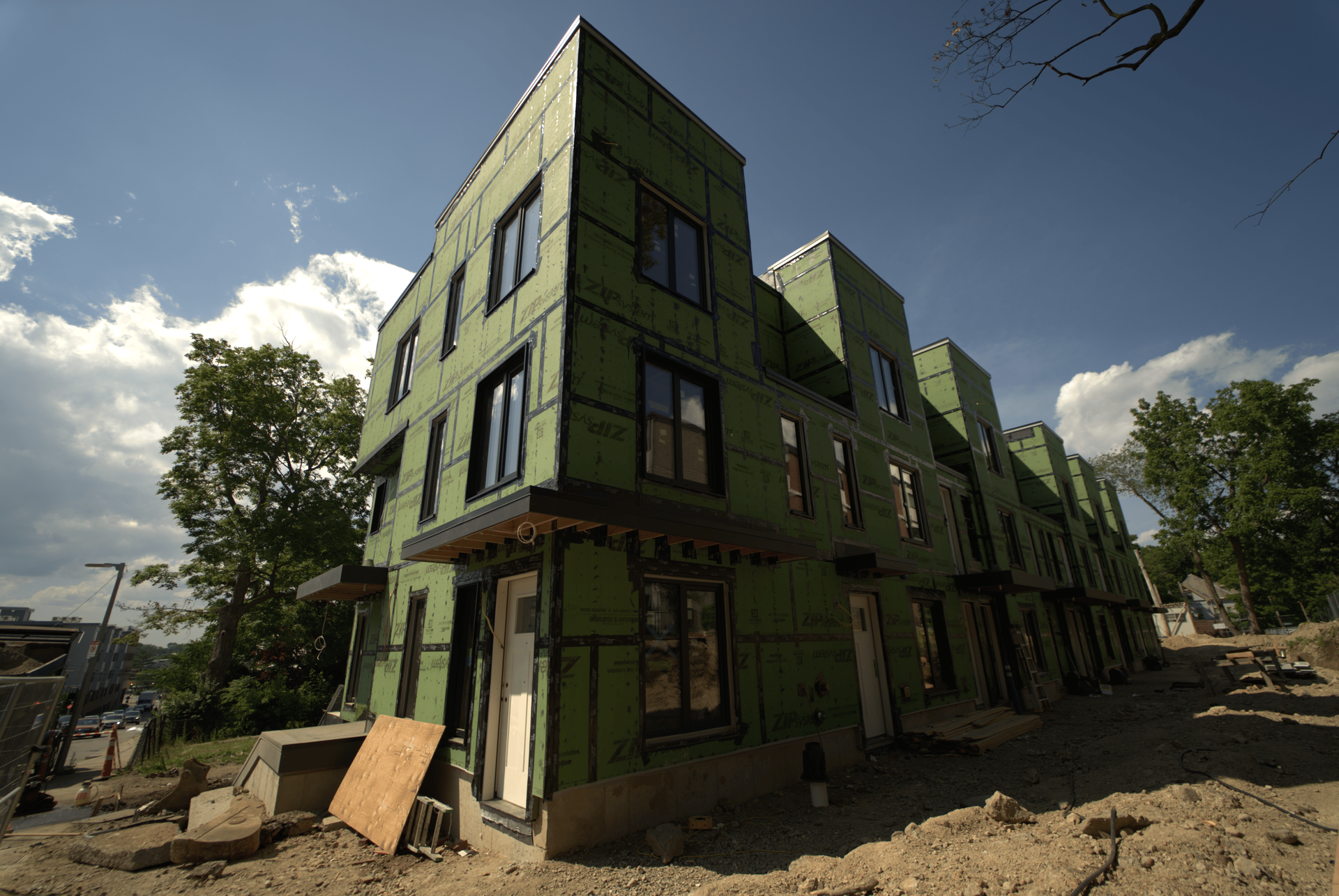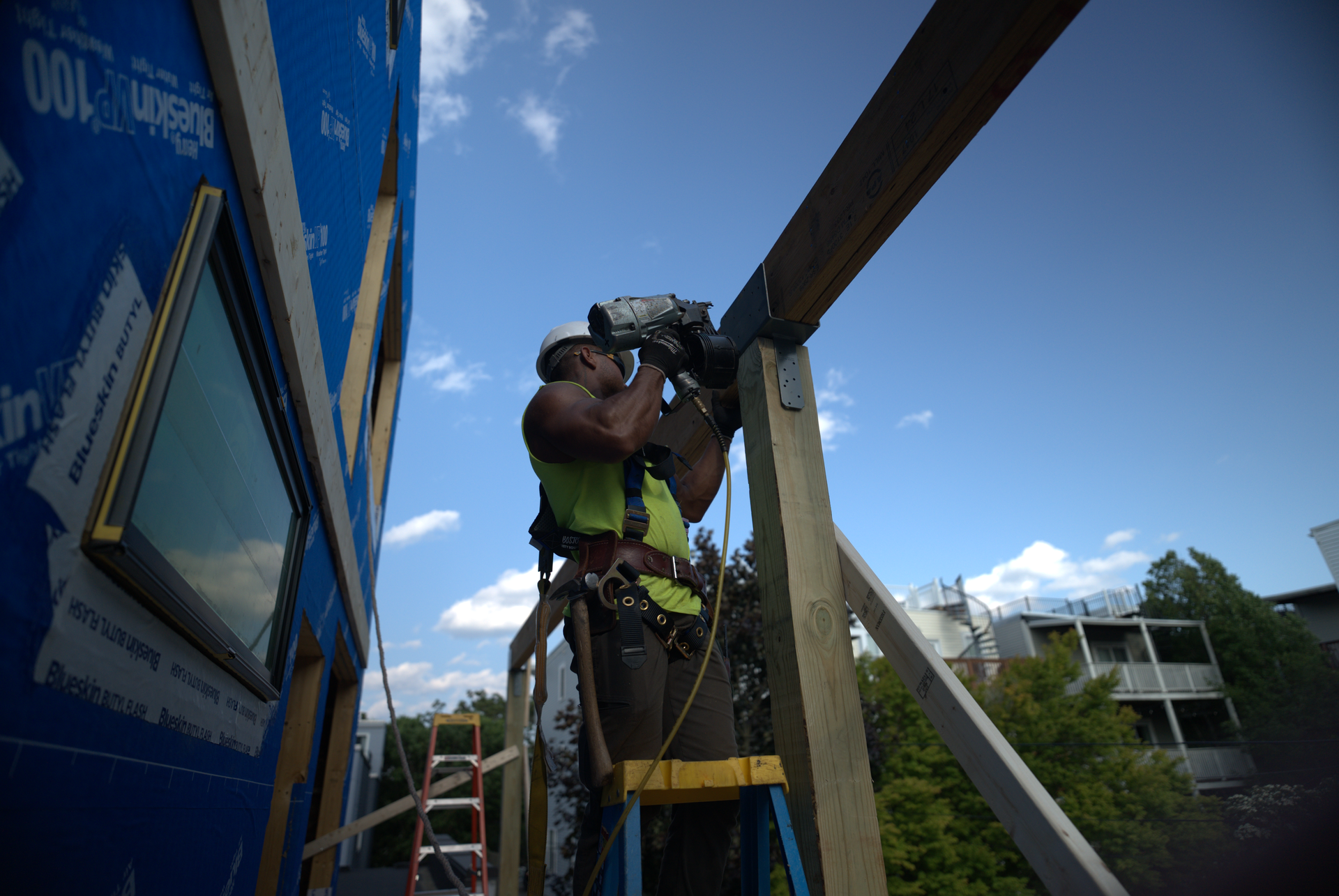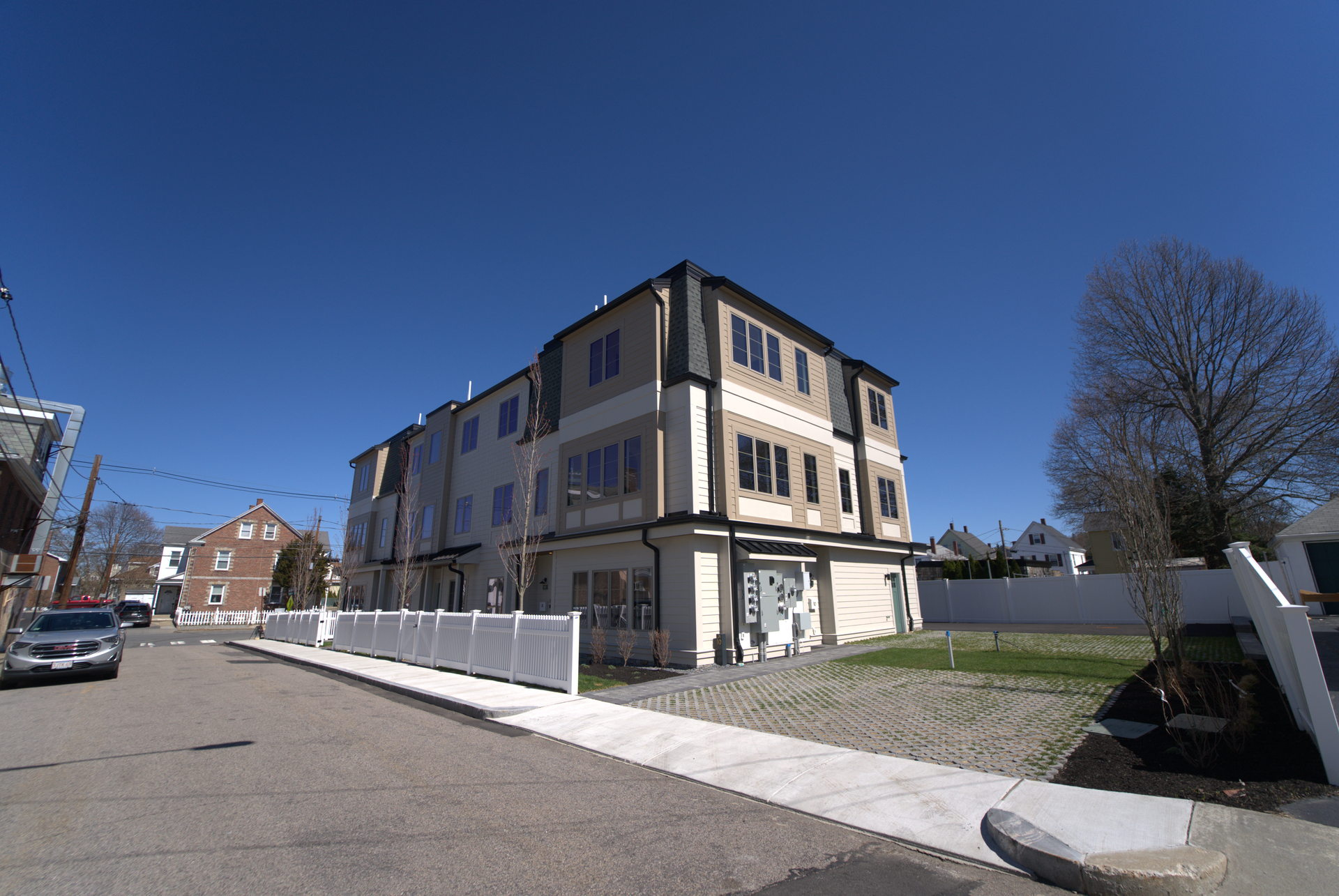Why reliable framing execution is the structural core of scalable multi‑family projects
1. Framing as a strategic asset
In the high-stakes world of multi-family and mid-rise residential construction, framing is more than just a phase — it’s a structural anchor for everything that follows. Done right, it drives dimensional accuracy, jobsite efficiency, and proper sequencing of roofing, siding, and air barrier installations.
For General Contractors and developers, choosing a dedicated framing execution team isn't just about hiring labor. It’s about reducing trade overlap, avoiding rework, and ensuring that the exterior envelope progresses without delay.
2. Why a dedicated framing partner pays off
2.1 Minimized coordination risk
When framing is handed off to multiple subcrews or treated as commodity labor, issues surface: misaligned walls, rough openings out of spec, blocking missed for siding or HVAC routes. These mistakes cause ripple effects across all trades.
With Lifetime Contractors, one OSHA-certified crew manages your structural framing from start to finish, ensuring accountability and alignment with upcoming scopes like WRB, windows, and roofing.
2.2 Lower rework rates = Better margins
Revisiting poorly framed walls, resetting miscut openings, or failing inspection for bracing compliance cost more than time—they impact your bottom line. Our integrated team structure reduces costly callbacks and supports smooth inspections from Day 1.
3. Engineered systems and field accuracy
3.1 Materials we install
We do not supply framing materials—but we’re experienced in executing across all major systems, including:
- Dimensional lumber
- Laminated Veneer Lumber (LVL)
- Parallel Strand Lumber (PSL)
- I-Joists and Glulam beams
Our crew installs whatever system is specified, following the structural plans to spec—ensuring structural continuity and safety.
3.2 Dimensional accuracy and impact
- Wall Plumb: Ensures siding, windows, and interior drywall align cleanly.
- Floor Flatness: Supports proper window leveling and railing installation.
- Rough Openings: Ready for window/door install without shim packs or recuts.
4. Framing as a trigger for weather tight progress
Framing is the greenlight for your weather tight package. The faster and more precisely it’s completed, the sooner WRBs, roofing, windows, and siding can lock down your project.
As outlined in our previously blog article
Lifetime’s Weather-Tight article, fragmented trades often cause project stalls. But with our structured execution, we ensure framing flows directly into exterior protection scopes —
avoiding idle time and trade stacking.
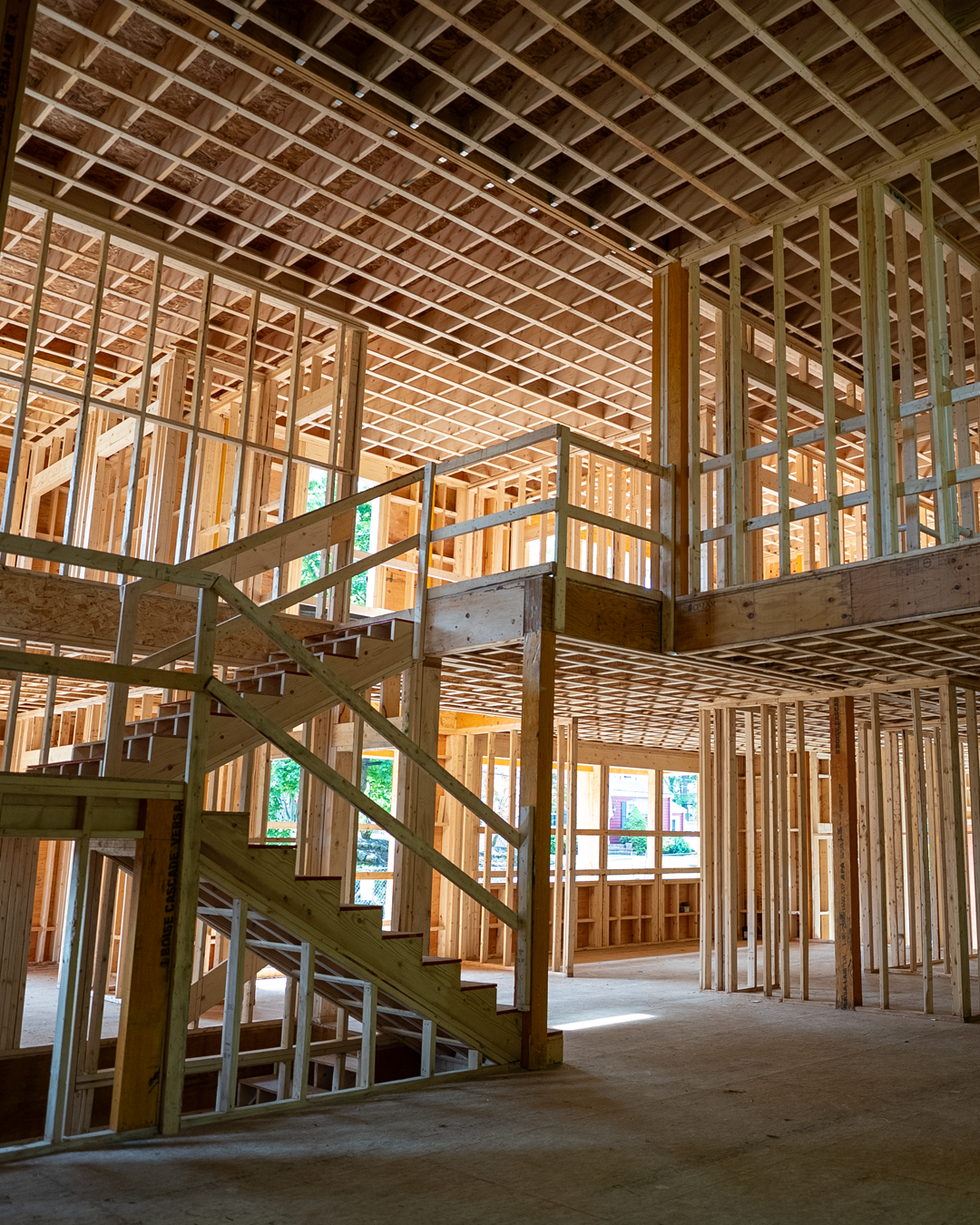
5. Safety and compliance from day one
Lifetime Contractors upholds:
- OSHA 10 & 30-certified crews
- On-site competent-person supervision for fall protection, bracing, and wall setting
- Pre-shift toolbox talks and documented checklists to ensure field safety
- Compliance with IBC, state codes, and job-specific engineering
6. Daily coordination and field reporting
To support General Contractors and site supers, we provide:
- Daily jobsite logs
- Weekly coordination meetings
- Quality checklists for walls, joists, anchors, and rough openings
We also integrate with scheduling software like Procore or Buildertrend, streamlining communication with your team.
7. Why general contractors and developers choose Lifetime Contractors
When you're building at scale, you don’t need more crews—you need the right execution partner.
Lifetime Contractors offers:
- Framing crews trained to build fast and accurately
- Field leadership that aligns with your schedule and safety systems
- Dimensional precision that prevents downstream issues
- Clear scopes, transparent communication, and no shortcuts
8. Build smarter from the start
Your entire project’s flow depends on the reliability of its early stages. Framing isn’t where you cut costs—it’s where you set the pace for every trade that follows.
If you’re looking for a framing contractor that executes with discipline, safety, and scalability in mind, contact Lifetime Contractors to discuss your next multi-family build.
